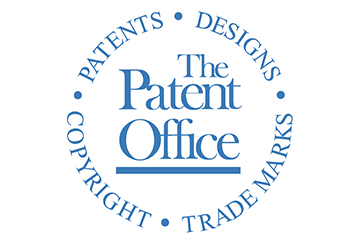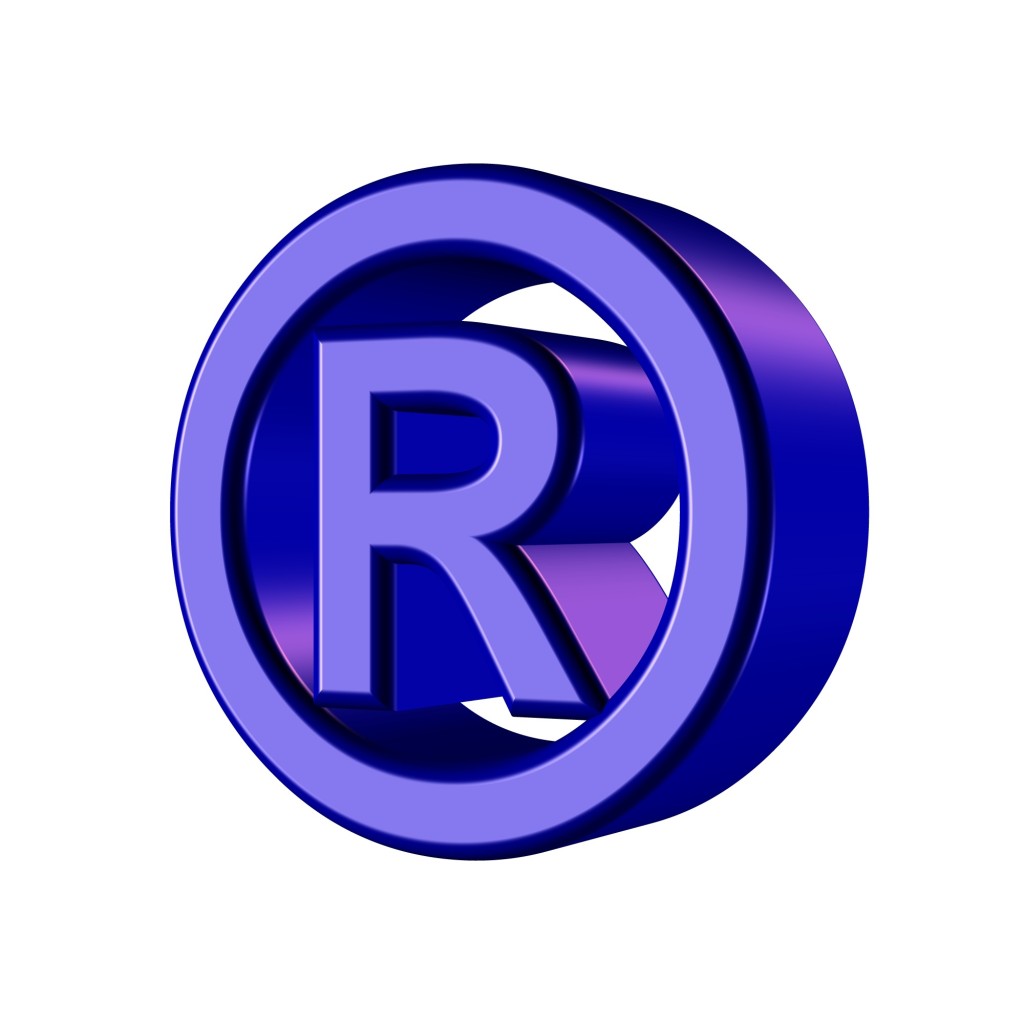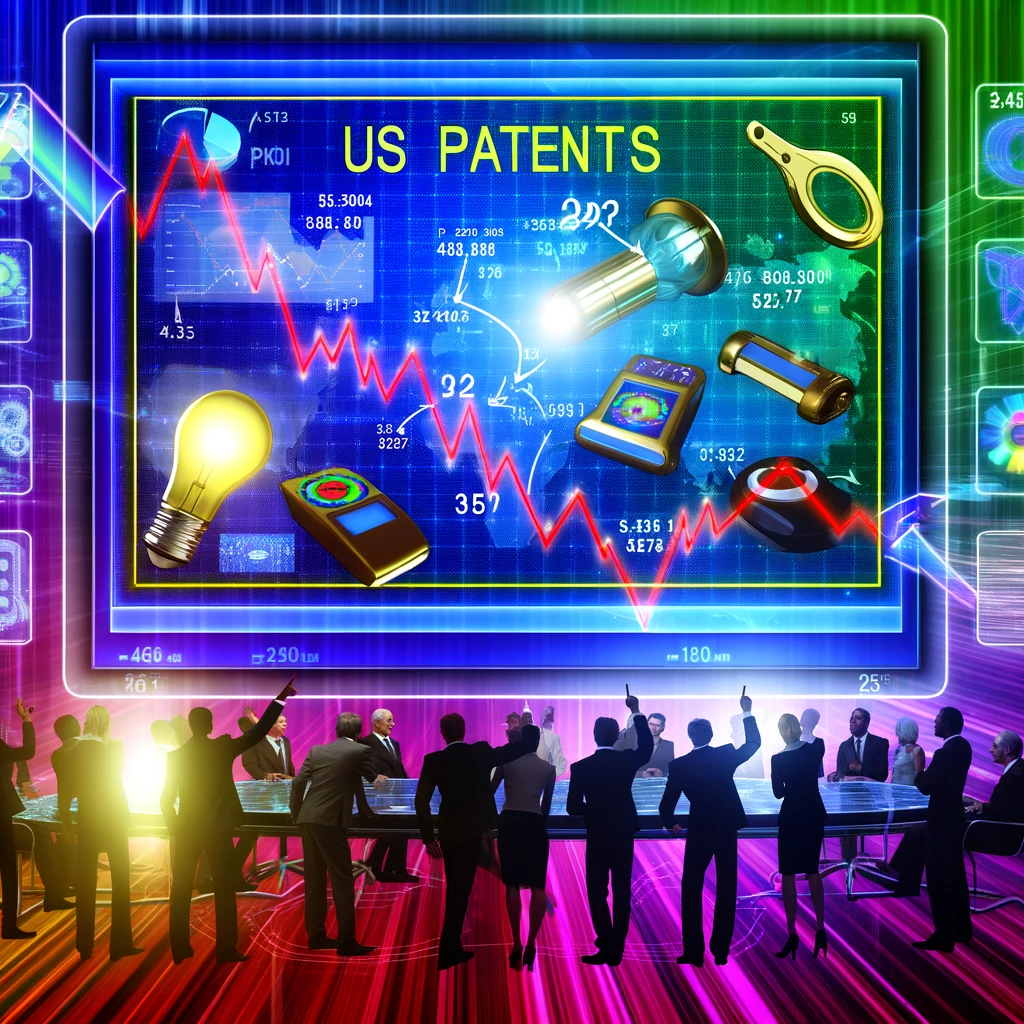Unleashing Creativity: The Legal Frontier of AI-Powered Patent Applications
In an era where innovation races at the speed of thought, the fusion of artificial intelligence and intellectual property law is opening a thrilling new chapter. Large Language Models (LLMs) are at the forefront of this revolution, transforming the way we approach the craft of patent applications. By harnessing the power of AI, inventors can articulate their inventions with unparalleled precision, potentially revolutionizing the patent landscape. This technology not only promises to make the patent process more efficient but also more accessible to a wider range of creators, ensuring that brilliant ideas are fully realized and protected.
However, the use of LLMs in drafting US patent applications introduces a maze of legal considerations. One of the most pressing questions is the attribution of patent rights when AI contributes to the creation of an application. The current legal framework reserves inventorship for humans, casting a shadow of ambiguity over AI-assisted inventions. This challenges traditional notions of authorship and creativity and may pave the way for legislative reforms to accommodate the evolving role of AI in innovation.
Moreover, the quality of AI-generated patent applications is a significant concern. While LLMs can process vast amounts of data, the intricacies of legal argumentation and claim drafting require a human touch. This highlights the need for a balance between human expertise and AI efficiency, potentially redefining standards of patent quality and inventiveness.
Ethical and practical considerations also come into play. Issues of transparency, accountability, and bias in AI must be addressed, alongside the practicalities of integrating AI tools into the patent drafting workflow. The potential pitfalls and compliance with patent law must be navigated carefully to fully harness AI’s potential.
As we stand on the brink of this new frontier, the integration of LLMs into the patent application process represents not just a legal challenge but a testament to human ingenuity. This invites us to envision a future where innovation is freed from conventional constraints, and the law evolves to embrace the transformative power of AI. For those intrigued by the legal implications of using large language models for writing US patent applications, the conversation is just beginning. Patent Attorney Mark Terry at mark@terryfirm.com is a point of contact for anyone eager to explore this fascinating intersection of technology and law, offering a platform for discussion and collaboration that could shape the future of innovation.
This evolving narrative is not only for inventors and legal professionals but also for anyone passionate about the intersection of technology and law, promising an exciting exploration of what’s possible when human creativity meets the capabilities of artificial intelligence. Let’s embark on this journey together, shaping a future where technology and law harmonize to unlock the full potential of human innovation.












